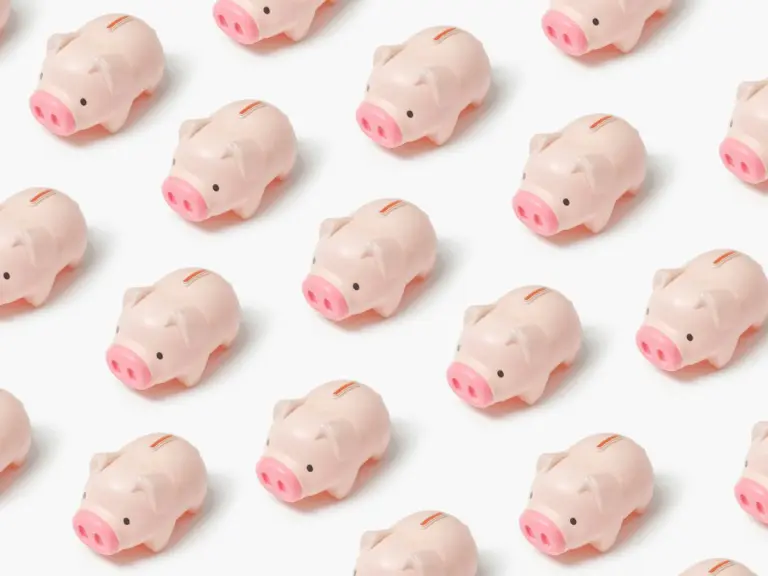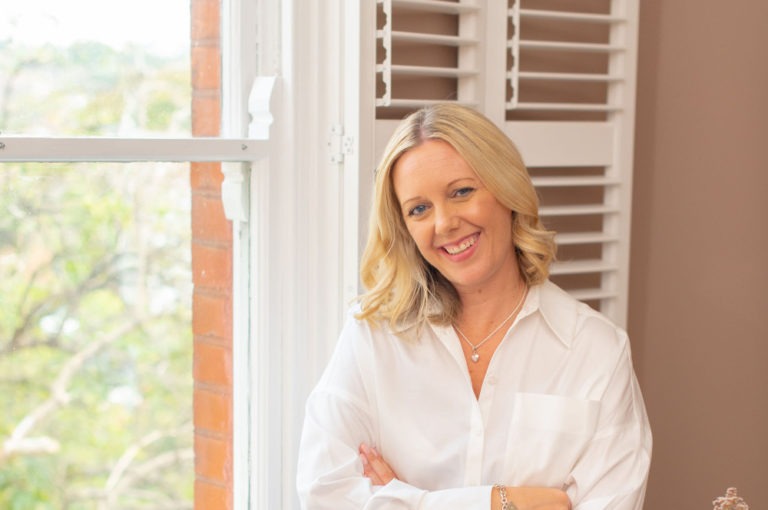How to get into the savings habit
Money Talk is intended to inform and educate; it's not financial advice. Affiliate links, including from Amazon, are used to help fund the site. If you make a purchase via a link marked with an *, Money Talk might receive a commission at no cost to you. Find out more here.
I write a lot about the imperative to save, so for this piece I’m going to look at ways you can get into the savings habit.
That means delving into why it’s important to save, how much to save, and ways to gamify and automate the process to help you save more.
Do you really need to save?
I’m going to assume that if you’re reading this, you’re already leaning firmly towards yes.
But not everyone feels the same, and part of that has to do with the mindset.
When you have something specific you want to buy, like a house or a holiday, it’s easy to get into the savings mindset.
But if you don’t have a specific goal to work towards, or the target feels insurmountable (for example, if you can only save £100 a month but you need a £20,000 deposit), it takes a lot of discipline to keep putting away money that you could be spending today.
It can also be true if you have a big salary. Because what’s the point of saving when your income always covers your expenses?
But savings can be as much about preparing for rainy days as having the freedom of choice further down the line.
How do you get into the right mindset?
When you don’t have a specific objective in mind, you should think about the longer-term benefit of saving, according to Active Chartered Financial Planners’ Andrew Haley.
He explained: “Finding the motivation tends to be easier if you are saving for a specific goal such as a house deposit, wedding, or big-ticket item.
“But even if you don’t have a specific goal in mind, try to visualise giving yourself greater financial independence. Having savings allows you greater freedom to make decisions on your terms, be it starting your own business, changing jobs, taking time off, or retiring earlier than planned.”
So, how much should you save?
Andrew, who specialises in pension and retirement planning as well as investment planning, says “there is no one-size-fits-all” sum when it comes to savings.
But one of the first things you should save for is a “solid emergency fund”.
This is typically around six months’ worth of expenditure, held in a cash savings account so you can easily access it.
In most cases, you should do this before paying off debt, though not always.
Andrew explained: “I would normally encourage putting the emergency fund in place first, as it forms the bedrock of any sound financial plan. Without an emergency fund, it is common to end up cycling back into debt as unexpected events occur.
“That said, if you have particularly toxic debt at high rates of interest, it will usually be worth tackling this before getting the emergency fund back in place.”
If you’re struggling with debt, please contact Citizens Advice or a charity such as StepChange for help.
Anything above the emergency fund (and other items you might be saving for) could form part of your long term savings, whether that’s for a home, so you can retire early or whatever might crop up along the way.
If you can afford to lock the money away, for more than two or three years for example, it could be worth looking into investing.
But only do this with money you can afford to lose as your capital is at risk and there are no guarantees you’ll make a profit.
There are plenty of fixed-rate savings accounts, with slightly higher rates of interest, that can be good alternatives.
Savings Champion is a great resource for comparing the best savings accounts at a glance – and of course Money Talk’s Best buy table will also have the key products to consider each week.
Where do you find the money to save?
To start saving, Andrew suggests looking at how much you need to spend to see whether you can make regular savings.
Areas like utilities and broadband, or car and home insurance, can be a good place to start – check online to see whether you can make a saving compared to your existing provider.
It’s worth having a look on cashback websites, such as Topcashback* and Quidco*, to see whether you can get money back on top of your spending.
If you’re looking for more places to save, Andrew suggests looking at “your household and lifestyle expenditure.”
He explained: “Household items will include groceries, pet care, clothing, and so on. Don’t cut too harshly here, but there are normally savings to be made in this area.
“The lifestyle aspect is that balance between enjoying ourselves in the present, and making sure we are investing for our long term financial security. We’ll need to make decisions on holidays, gym membership, meals out, shopping and more that strike the right balance.”
How do you start saving?
Once you have worked out an affordable amount to save each month, Andrew recommends setting this aside “as soon as you get paid”.
“Allocating this to a separate account makes it far less likely that it will be spent,” according to Andrew.
He has two other suggestions: challenging yourself to regularly increase the amount you save and watching out for “lifestyle creep”, where you spend more as your salary increases.
To keep yourself on track, Andrew advises trying to “keep your goals in mind, keep your savings at an affordable level and don’t push yourself too much.”
He added: “It is perfectly reasonable to have a month where other priorities come up and you adjust the amount you save. Challenge yourself and be honest, but don’t be too harsh.”
Savings challenges you can try
If you don’t normally save, one of the easiest ways of getting into the mindset is to gamify the process.
There are a few savings challenges that are good for this – and they work because you’re only putting away a small amount each time.
The 365 day money saving challenge – save £667.95 a year
With this challenge, you start by putting away just 1p on the first day.
For each additional day, you add a penny.
So day two would be 2p, day three would be 3p etc until you get to day 365, when you’re putting way £3.65.
You can also do this in reverse – starting with £3.65 and working backwards – to take advantage of the fact that you’re more motivated at the beginning of the challenge.
The 52 week money saving challenge – save £1,378 a year
Following a similar vein is the 52 week money saving challenge.
Instead of increasing the amount you save by 1p a day, you’re increasing it by £1 a week.
So week one is £1, week two is £2 and so on until week 52, when you’re depositing £52.
Like the 365 day challenge, this will work in reverse as well – and you can also adjust the amount to suit your budget.
Automate the savings process
Regular savings accounts are the most obvious way to automate the savings process, but even if you can’t commit to a set amount each month, there are ways to save.
Apps such as Plum* and Chip* automates the savings process by using AI to assess your income and expenditure and then deducting a random amount.
You can also set up specific trigger points, such as saving when it rains or when it’s payday.
Other fintech firms, such as Monzo and Starling, will let you “round up” a transaction and sweep the difference into a savings account.
Traditional banks have also upped their savings game.
Nationwide, for example, has an Impulse Saver function on its app, which lets you sweep the change from your current account into a savings account, or save a small amount on “impulse”.
Lloyds has a Save the Change function on their app that does a similar thing.
The automated options don’t always have great interest rates though, so once you have a small lump sum, I would suggest moving the money into a higher-interest savings account. That way, you can make the most of your new savings at every stage.
Pin this post for later








